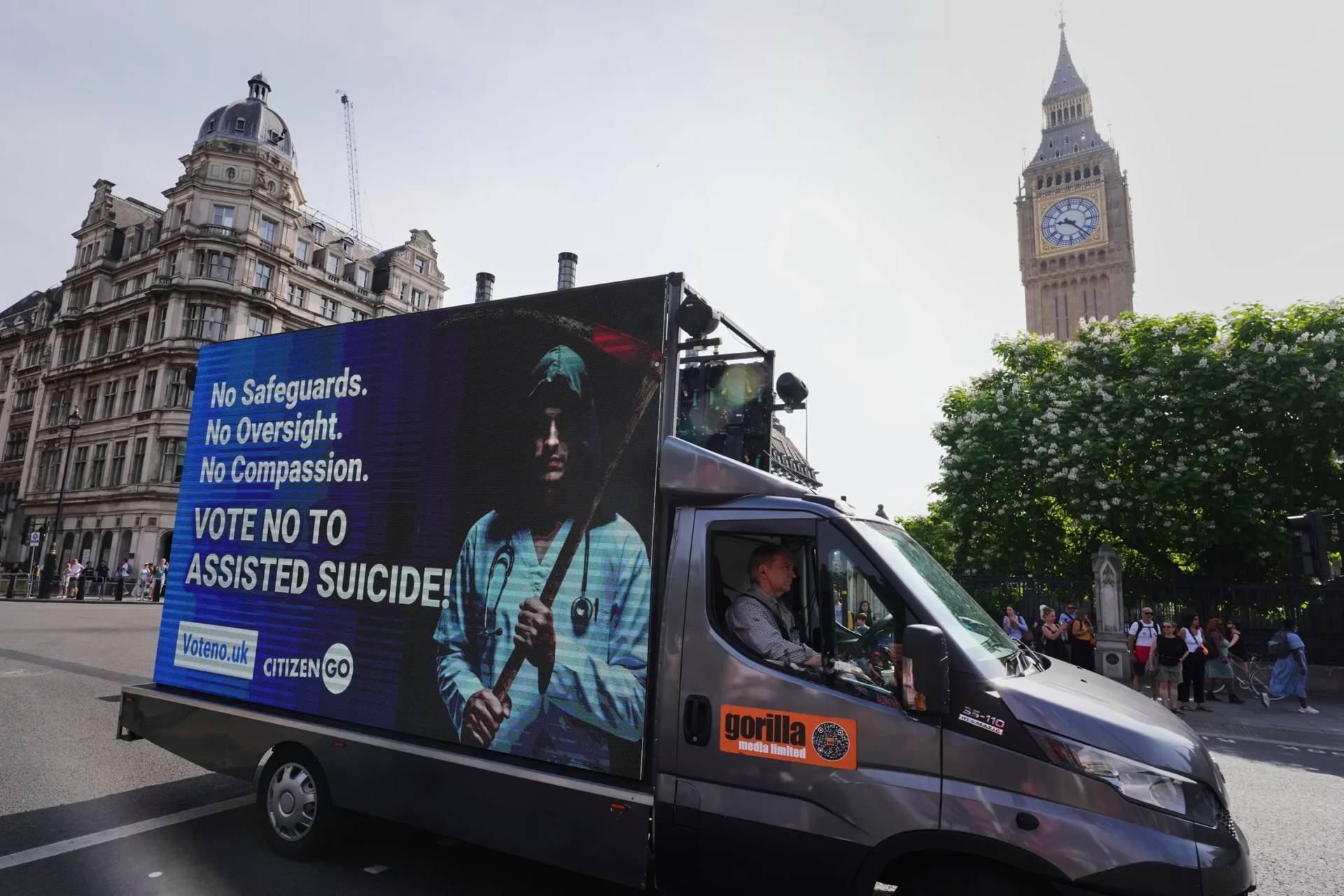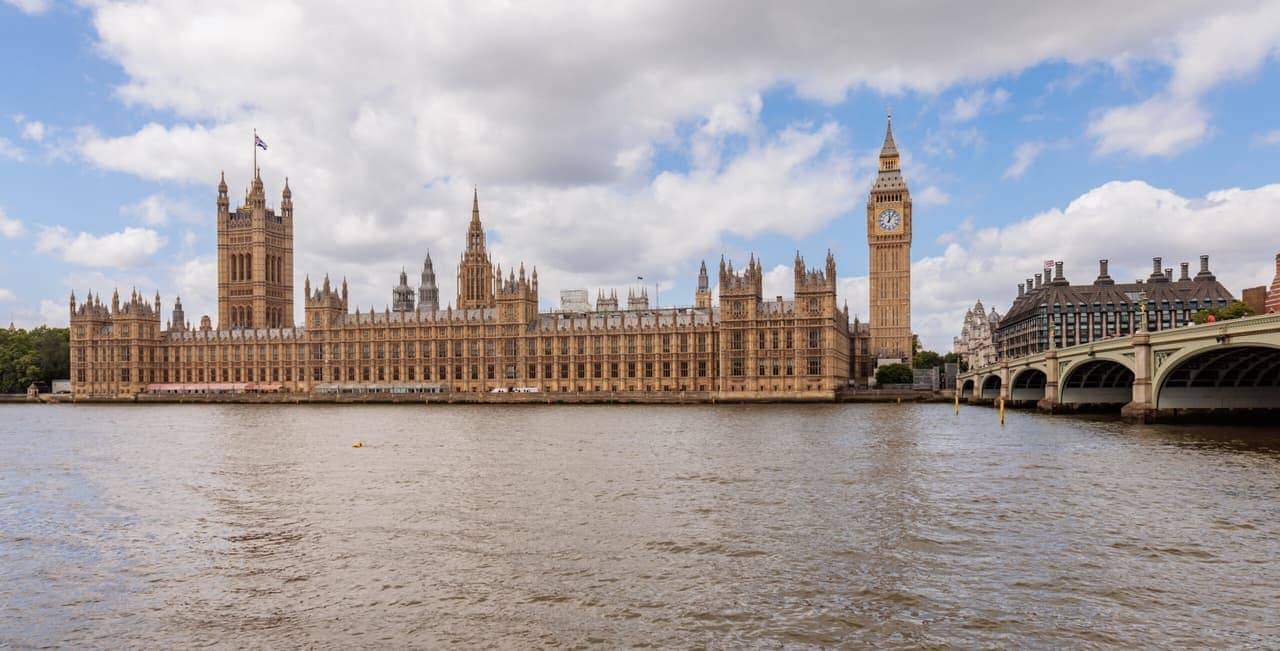LEICESTER, United Kingdom – Archbishop Diarmuid Martin is warning that the re-opening of Catholic churches in the Republic of Ireland will require “detailed preparation,” and he is looking to the examples in other European countries.
On May 1, the Irish government published a roadmap to reopening the country after two months of lockdown to prevent the spread of the COVID-19 coronavirus. The plan includes five phases, set three weeks apart. The first phase is set to begin on May 18. Churches would be allowed to open for public worship during the fourth phase on July 20.
Churches in the Republic of Ireland, unlike Northern Ireland and the rest of the UK, have been open during the lockout for periods of private prayer.
In a May 11 statement, Martin – who is also the primate of Ireland – set out his own roadmap for reopening churches in the country.
“Each church building and its surroundings is different and each church should be preparing its own clear plan in order to be ready for opening. On the other hand, the fact that the reopening of churches will involve the movement of a very large number of people right across the State, perhaps on the same day, means that common public health considerations will have to be respected by all churches,” the archbishop said.
So far in the Republic of Ireland, 23,135 people have been confirmed to have been infected with the COVID-19 coronavirus, while 1,467 have died with the disease.
He noted that other countries in Europe that have reopened churches for Masses have done so according to “strict norms of public health,” and said the Irish authorities would be influenced by these measures.
“At first sight some of these measures may seem drastic, but they have been introduced in a number of countries,” Martin said.
The archbishop said several questions still need to be answered before churches can begin public worship, noting that social distancing rules are “not simply a question of marking out places on church benches.”
He proposed a checklist of issues churches need to look at as they prepare to welcome worshippers.
— Safe distancing: The seating in each Church should be marked, giving an indication of where people may sit in order to guarantee safe distancing. Where necessary indications should be placed on floors.
— Church capacity: Once a seating plan has been decided, each parish should clearly define the maximum number of people that the Church can hold. This could mean suggesting that numbers be systematically spread around the weekdays or that extra Masses be scheduled for Sunday.
— Entry and exit into Church: The parish plan must address how people can enter and leave the Church in a precise order, maintaining social distance and avoiding crowding, especially outside before and after Mass. Martin noted that other European countries suggest separate entrance and exit doors and request that hand sanitizers be place at all entrances.
— Distribution of the Eucharist: For Holy Communion it would seem that the preferred option is for communion to be brought to people rather than by a procession to the altar.
— Toilet facilities: People who might use a toilet would be required by the general norms to wash their hands in warm soapy water. This might be very difficult and it might be necessary to close all toilets.
— Collections: All the European measures prohibit the passing of collection baskets and suggest that suitable containers be placed at entrances or another place deemed appropriate.
— Cleaning of churches: All countries note that places of worship, including sacristies, are to be regularly sanitized after each celebration by cleaning with suitable antiseptic cleaning material. Holy Water fonts are to remain empty.
— Exclusion from Mass: All the various countries impose a ban on entry to liturgies by those with flu/respiratory symptoms, high body temperature, or anyone who has been in contact with COVID-19 people for a particular period.
“This checklist is not a definitive work plan, but rather a list of the questions that each parish should be asking at this stage as it prepares its own plan and reflects on the personnel needs required to put that plan into action,” Martin said.
Follow Charles Collins on Twitter: @CharlesinRome















